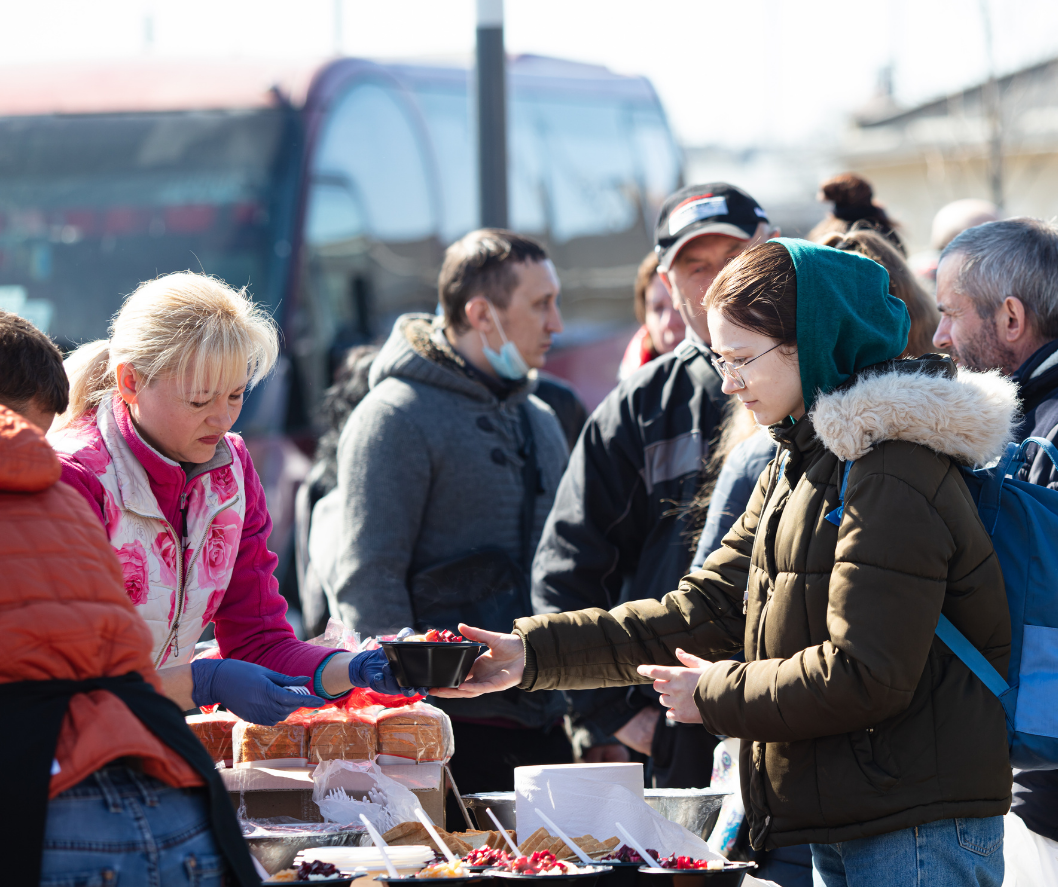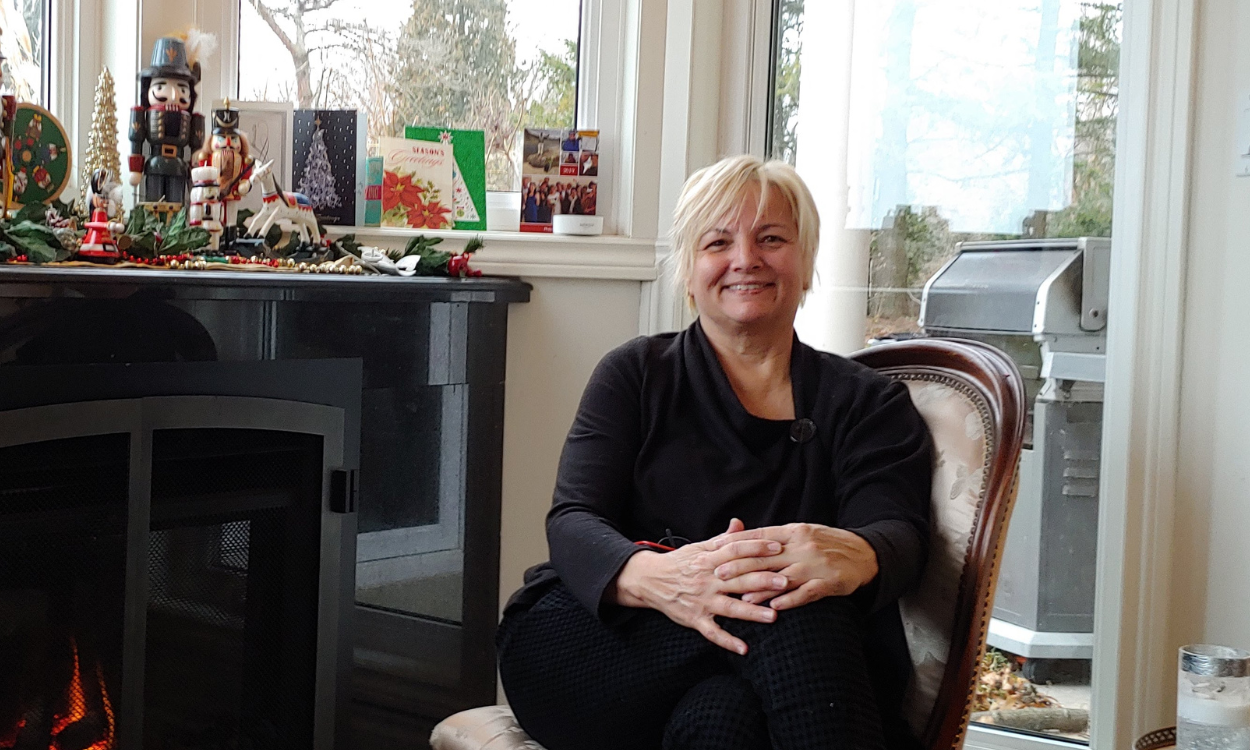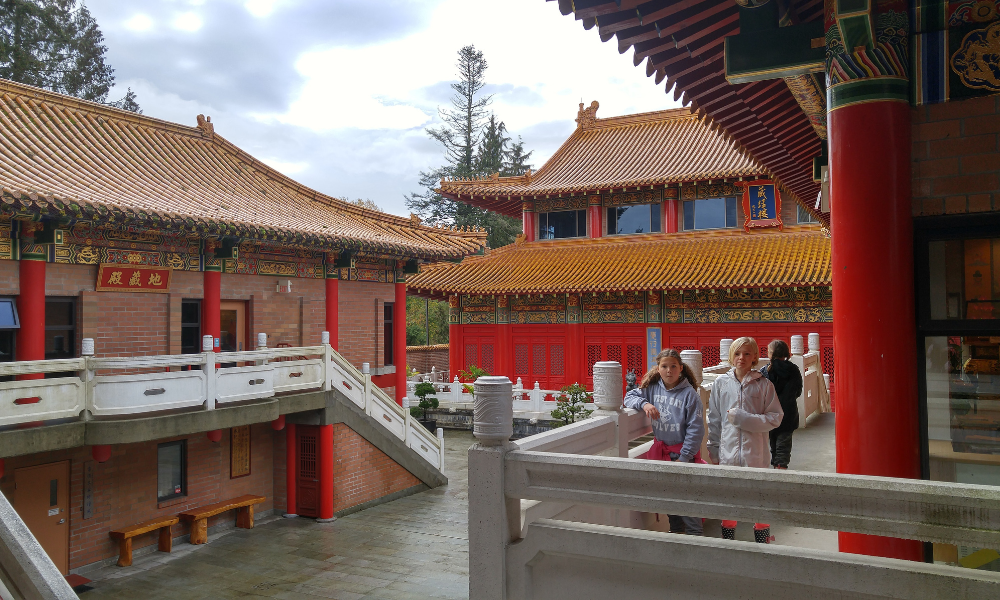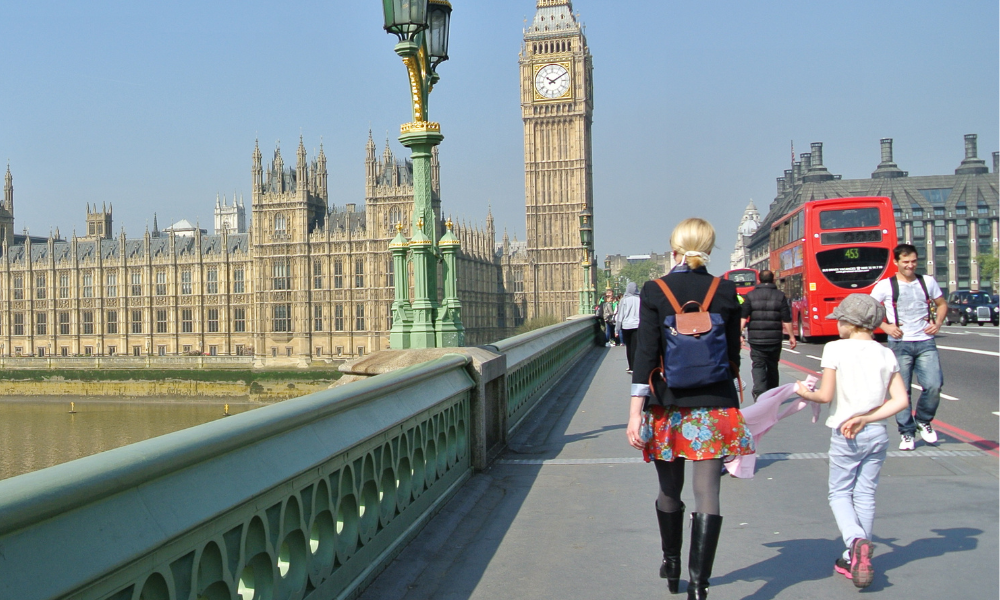
Ukranian Roots in Canada
Ukrainian foodways took hold with prairie “block settlements” founded by late-19th-century immigrants, whose farms and church halls anchored communities across Manitoba, Saskatchewan, and Alberta. By 2021, 1,258,635 people in Canada reported Ukrainian ancestry, making it one of the country’s largest diasporas. Perogies (varenyky), cabbage rolls (holubtsi), borscht, sausage, and dill-bright pickles moved from homestead tables into town suppers and festival menus—traditions still celebrated at Canada’s National Ukrainian Festival in Dauphin (est. 1965) and under Alberta’s landmark Vegreville Pysanka. The story includes a hard chapter: during the First World War, 8,579 people—mostly of Ukrainian origin from Austro-Hungarian territories—were interned under the War Measures Act, while tens of thousands had to register as “enemy aliens.” More recently, Canada welcomed new arrivals fleeing Russia’s full-scale invasion: 298,128 people entered under the CUAET program between March 17, 2022 and April 1, 2024. Together, these threads—settlement, struggle, celebration, and renewal—explain why Ukrainian dishes remain fixtures at Canadian tables from the Prairies outward.
What began as hand-rolled pasta and backyard gardens has become part of Canada’s everyday comfort: veal sandwiches on College, gelato after dusk, espresso taken standing, tomato sauce simmering in a Scarborough bungalow or a Mile End walk-up. Italian food here feels both old and new—Old World craft meeting New World ingredients and neighbourhoods—proof, plate by plate, that cuisine can carry a culture across an ocean and let it bloom again at home.










